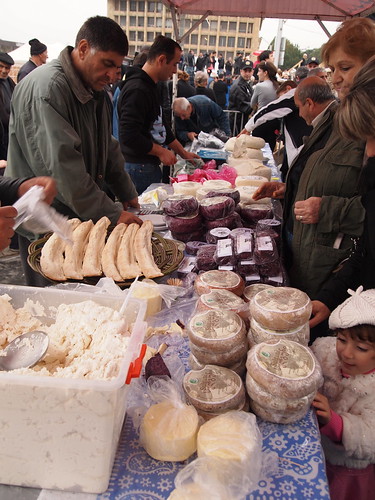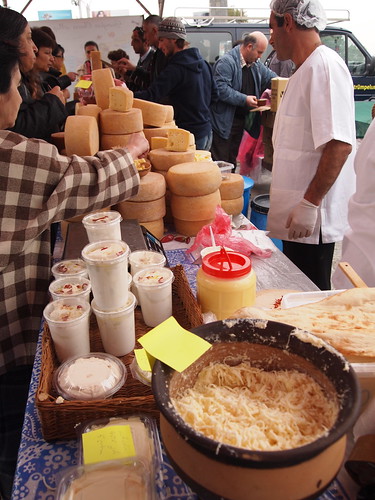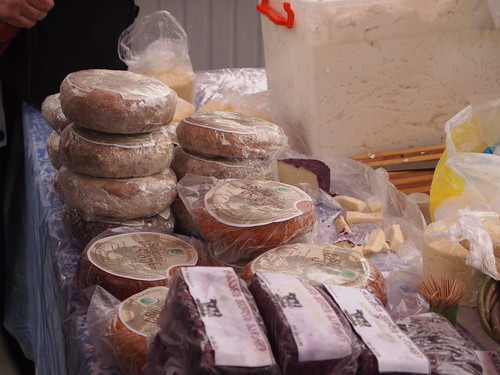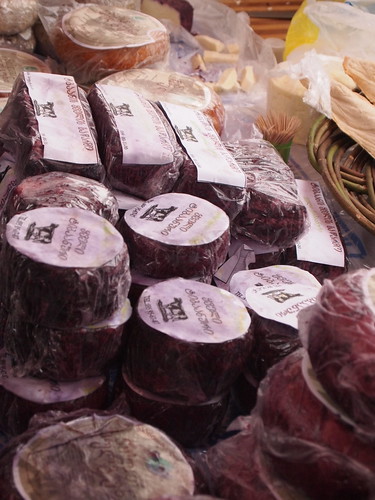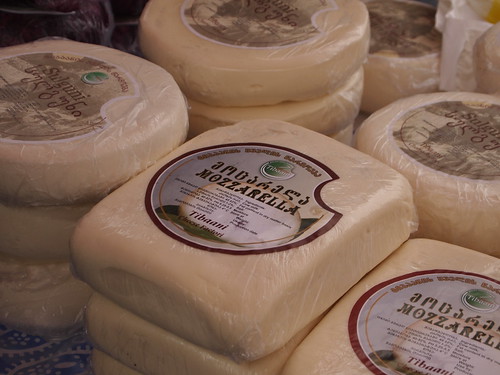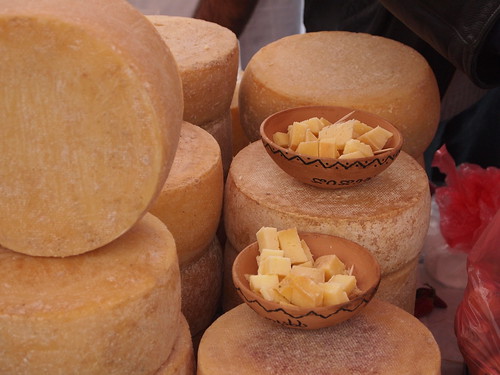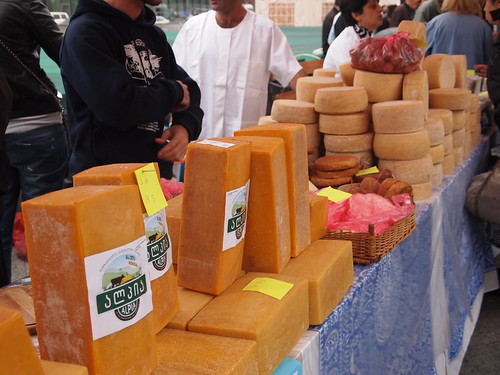I just got back from an amazing trip to Istanbul, and as you might expect, I took a LOT of pictures (about 500). They're all up on Flickr if you want to see them, but since I know most of you (except my parents) will click through only a page or two before getting bored, here's a short selection of my favorite photos that I took. These aren't necessarily the best ones, but I tried to select shots that would quickly show you everything I did and highlight some of the more interesting bits.
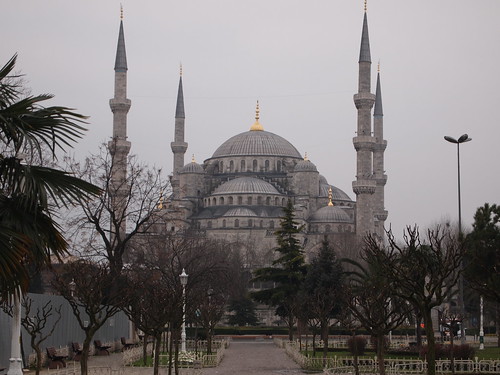
The Blue Mosque, which was within walking distance of my hotel.
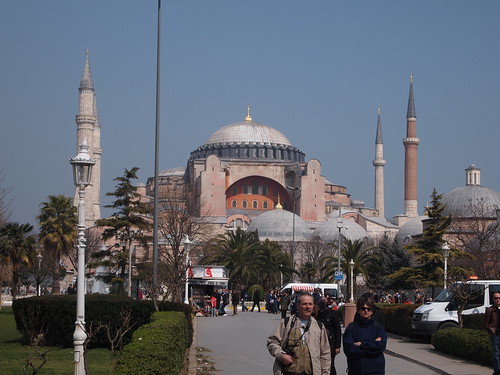
The Hagia Sophia, also within walking distance of the hotel. These two photos were taken on the same day, a few hours apart. Istanbul was often cloudy in the morning and sunny by noon.

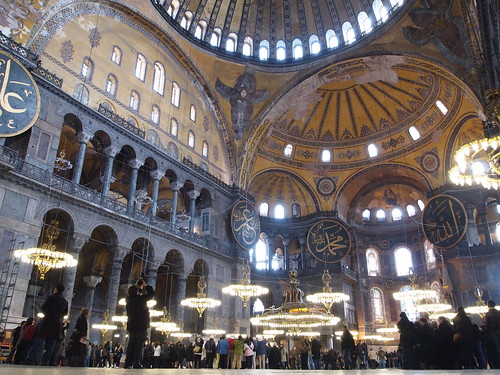
My pathetic attempts at capturing just how enormous the Hagia Sophia is.
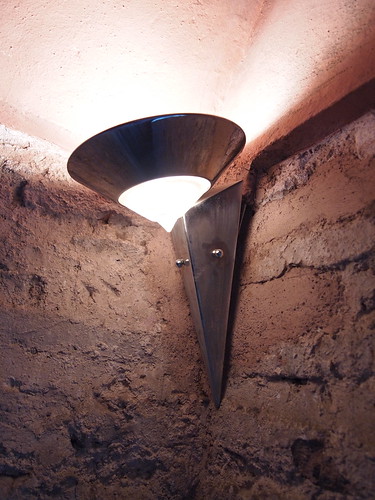
I thought that this light was very tasteful and blended well with the surrounding architecture.
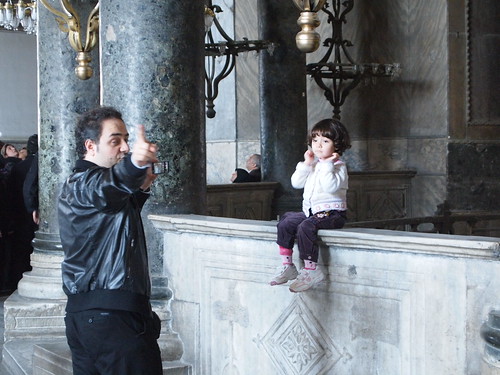
This is probably one of the least intelligent things I have seen a parent do with his child. Yes, this is on the second floor, 40-50 feet up.

Now over to the Blue Mosque (which is only bluish on the inside).


Two interior shots for awe inspiration purposes.
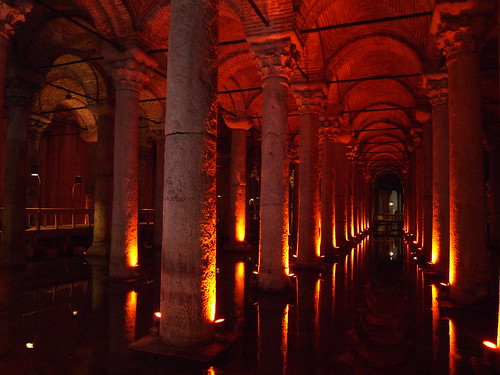
And then onto the Basilica Cistern. The scary lighting got old after a while.

But I did quite like the Medusa head that had been repurposed as the base of a column.
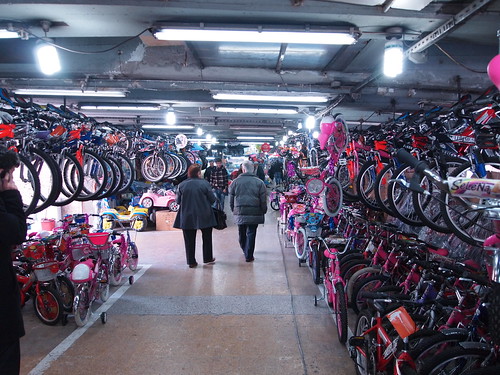
On my meanderings through the west side of the Old City, I stumbled onto a pedestrian underpass that was also an enormous bike market.
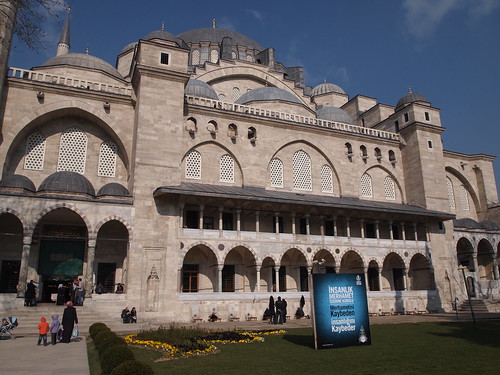
The Suleymaniye Mosque, which apparently inspired the Blue Mosque.
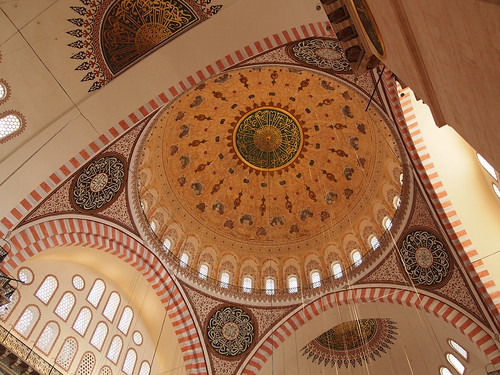
The interior of the Suleymaniye Mosque. Not as flowery as the Blue Mosque, but I like this one a lot too.

This is the (overpriced) Spice Bazaar. I ended up finding spices at a nice place across the river for much cheaper.

How many Turks can you spot? That's why it's overpriced.
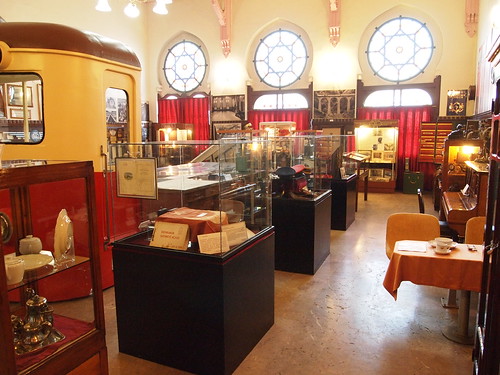
The tiny (but free!) Istanbul Railway Museum, tucked into a single room in the train station near the Spice Bazaar.
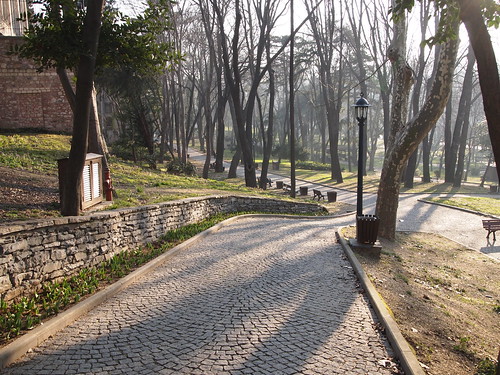
The very pleasant park next to Topkapi Palace.
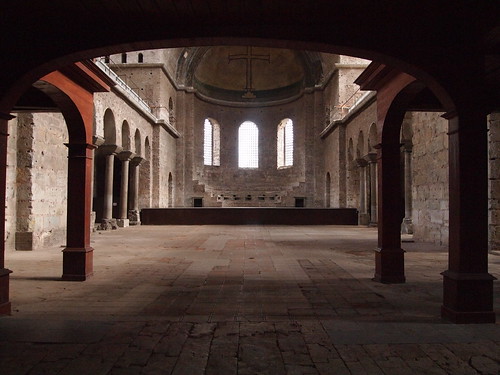
The church, not mosque, inside the palace grounds.

Some tiling on the walls of Topkapi Palace
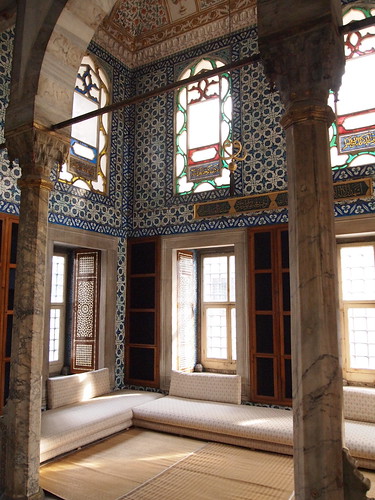
The library in Topkapi Palace. I think I would be happy if my house had only one room as long as it looked like this.
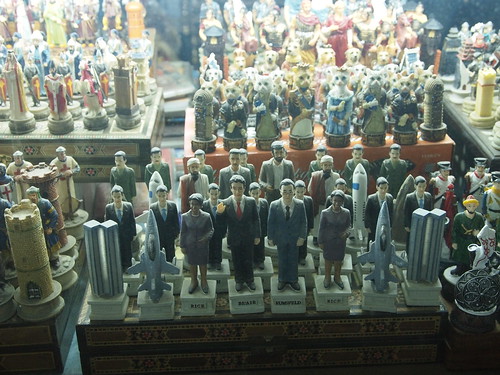
The War on Terror commemorative chess set! Complete with twin towers as castles. Hilarious...except not.
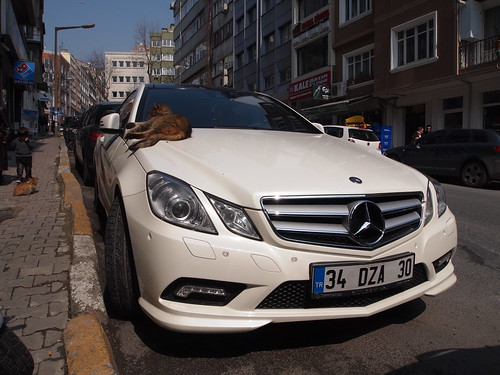
There are a LOT of cats in Istanbul, and they basically own the place, as this one demonstrated.
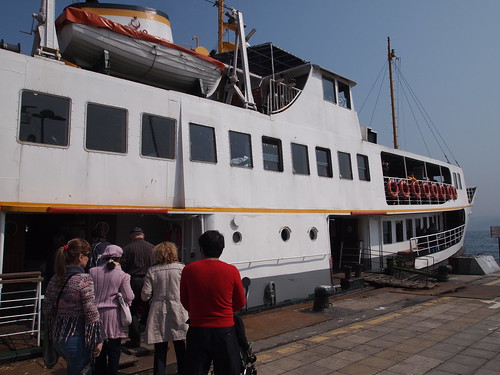
On a whim, I decided to visit the Prince's Islands instead of viewing yet another very old Ottoman palace. That was probably the best decision I made during the whole trip.
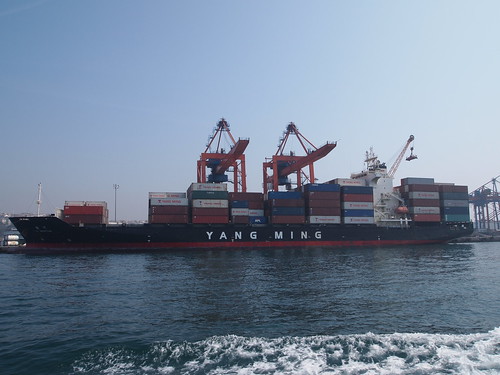
The heavy machinery at the port on the Asian side of Istanbul.
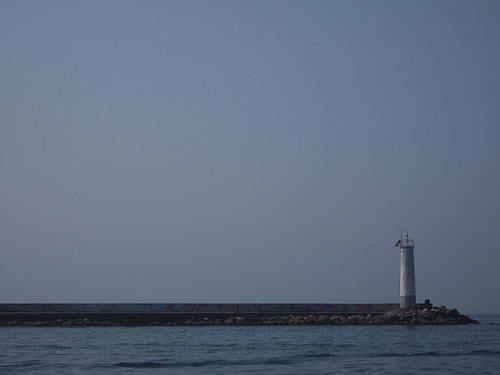
Exiting the harbor.
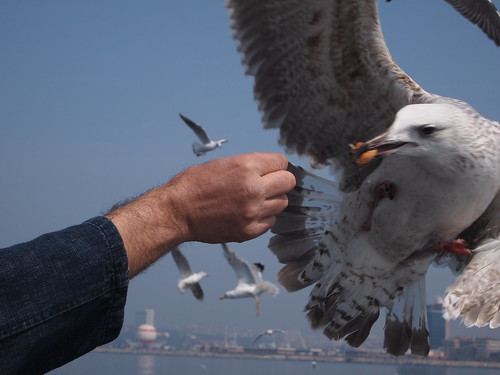
The boat ride is about an hour long, so feeding the gulls is a favorite pastime.

Wish I could have stopped at that island.

On the main island, Büyükada, there isn't really anything to do except rent a bike and ride along this road overlooking the ocean. Which is fine by me.
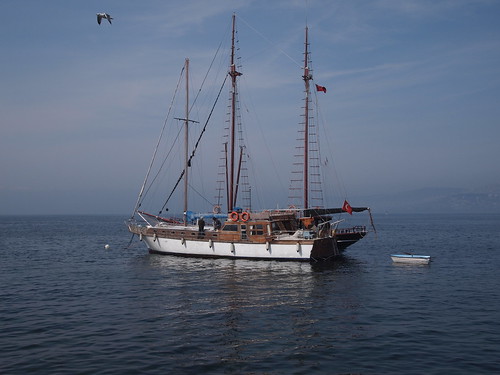
A sailboat near the shore on Büyükada.
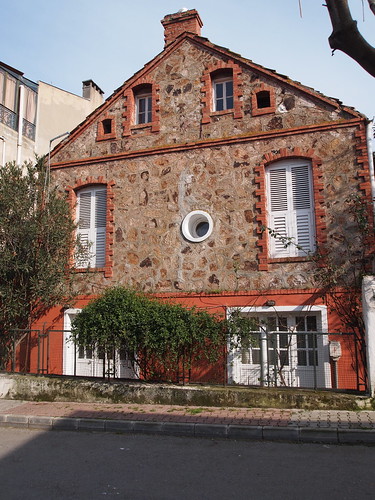
There were a lot of nice houses on the island, but I thought this one was particularly cute.
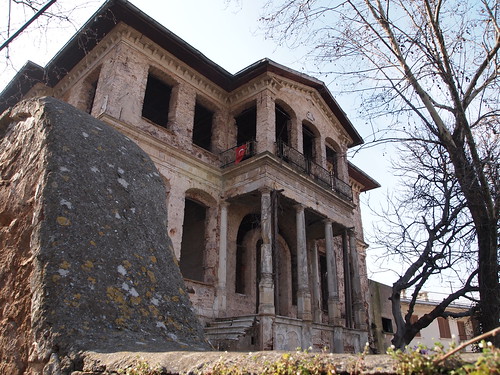
Not all the houses were in good condition though.

I was a little creeped out by the shoes lying in the courtyard of this abandoned house.
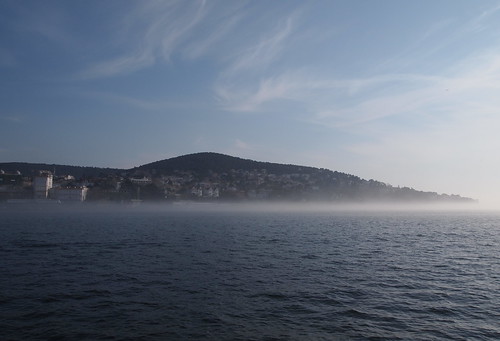
Departing Büyükada in the late afternoon.




































